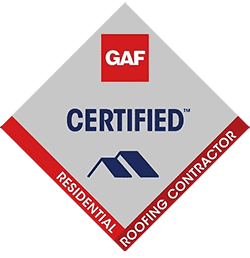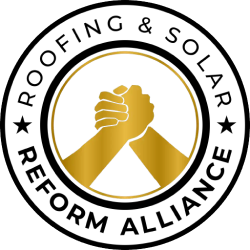Did Your Roof Sustain Damage In The Last Hurricane?
Texas hurricane season started with a blast this year, with many homeowners experiencing roofing damage during Hurricane Beryl.
While some roofs experienced more obvious and serious damage, roofing contractors must also point out the high number of homes that may have received minor damage that should still be fixed.
Whether experiencing minor issues or considerable destruction in this storm or the next, roofing services should be promptly scheduled to resolve these common types of hurricane damage!
1. Roof Leaks
Often, the first sign of roofing damage noticed by a homeowner after a hurricane is leaking.
Leaks may show up as water stains on the ceilings or drywall inside the house, via the evidence of water in the attic, or other signs elsewhere in the home.
As new leaks are usually the result of other storm damage, roofing contractors recommend that homeowners look carefully in and around their homes in the days after the storm to identify roofing problems.
The best time to resolve roofing leaks is when they are new, before they can cause ongoing and worsening damage as time passes.
2. Shingle, Tile, or Panel Blow-Offs
It is not uncommon for homeowners to notice a few missing shingles after a hurricane.
In more serious circumstances, homeowners may see large portions of their shingle roofs blown off or even entire metal panels missing.
In any of these cases, repair roofing services should be arranged as soon as possible to minimize future damage and get the roof back into its original condition.
Though the need to repair a large blow-off is obvious, a few missing shingles should be taken just as seriously, as this can quickly lead to more damage when the next storm happens.
3. Damaged or Missing Flashing
The flashing around roofing protrusions, in valleys, and protecting other vulnerable spots in the roof installation is susceptible to being damaged in a hurricane, especially if it was already loose to begin with.
Damaged or missing flashing components should be repaired immediately, as these provide critical waterproofing and leak protection.
4. Missing Granules or Hail Damage
Granule loss is a serious problem that can affect asphalt shingle roofs, shortening their protective lifespan, and even destroying them completely.
Caused by hail damage, storm impacts, and high winds, roofing contractors recommend that homeowners look for evidence of this problem by looking for granules in their gutters, evidence of dents, shiny spots, or bald spots on their shingles.
Granule loss can leave a roof susceptible to UV damage as well as deterioration and should be addressed immediately.
5. Structural Damage
Structural hurricane damage due to tree impacts or blown debris hitting the roof is fairly obvious, but other types of storm-related structural problems may not be.
A sagging roofline suggests there is a problem with the roofing support structure, as does waviness on the surface of the roof.
In all of these instances, a roofing service should be called to immediately inspect the damage and identify the problem, then develop an appropriate repair plan.
Schedule A Post-Hurricane Inspection With A Local Roofer
Hurricanes cause extensive roofing damage to many homes within their paths.
They can also cause less serious, less noticeable damage that can cause deterioration if left ignored.
A post-storm inspection by a professional roofing contractor is the best way to identify even the most minor hurricane damage so that repairs can be arranged.
An experienced roofing service will help local homeowners in their recovery from Hurricane Beryl and all the future storms headed toward southern Texas this season!
Tags
Subscribe to High & Tight Roofing's Blog



Comments